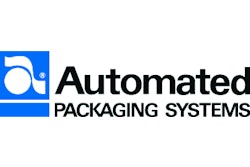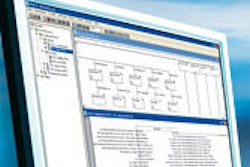PW: What industry trends do you bring into the classroom?
Lipsky: Most employers that I listen to are really concerned about basic problem-solving and troubleshooting skills. That came out in your Packaging World Upskilling survey from June (see packworld.com/view-23436). That’s basically the same thing I taught 20 years ago, yet it’s still true today.
Relating to that, we also see the work force retiring and taking away a strong mechanical skill set. Our students work on their mechanical skills with several courses in the program. Another trend is that most machinery now operates as systems. Our students are learning how to take a machine and interface it to another machine.
PW: What’s a challenge you face?
Lipsky: One big hurdle is getting people to recognize packaging as an industry. That’s hard. Most people think we teach students how to put stuff in boxes with the little white ‘peanuts.’
PW: What degree and skill sets do your graduates possess?
Lipsky: We offer a two-year vocational diploma as an automated packaging systems technician. These are people who set up or maintain equipment and includes maintenance technicians, service technicians, or assembly personnel. Graduates leave with an understanding of materials and the ability to use engineering documentation. They can work on machines, mechanical and electrical, as well as hydraulics and pneumatics. Each has a nicely diverse background and, when you add to that computer and problem-solving skills, you’ve got a really good technician.
PW: What distinguishes your program?
Lipsky: That’s another thing that we’re proud of here. We have two lab areas totaling about 8,000-sq’ that are full of packaging machines. We have a variety of machine types—everything from form, fill and seal cartoning machines to vertical and horizontal wrappers. We use our variety of machines to develop the students’ confidence and provide experiences with different products and materials. We stress how the machines build mechanical skills.
PW: Does the coursework center entirely on hands-on machinery skills?
Lipsky: Our curriculum is split between book learning and machine work. The students gain a lot of confidence by tearing the machines apart and putting them back together, but they also learn human relations skills, including basic communications. This involves written, oral, and technical reporting. When I was a student here, my instructor said, ‘Here’s the contact name and there’s the phone, get going.’ It’s good for students to interface with people in the industry at meetings and at trade shows.
PW: What kind of results have you seen?
Lipsky: The bottom line is that our graduates have found well-paying jobs.
For more information, visit www.witc.edu.



























